The Wonderful World of Gerbils
Gerbils, those small, energetic rodents, often bring joy as pets but represent a fascinating and ecologically significant group of animals in their own right. Beyond their cute faces and playful antics, there lies a complex evolutionary history, specific habitat needs, and an important role within various ecosystems. This guide delves into the comprehensive world of gerbils, covering everything from their natural history to their interactions with humans.

Natural History and Evolution
Origins and Ancestry
The gerbil family, known scientifically as Gerbillinae, is a subfamily of the Muridae family, that’s the same family that includes mice and rats. Their evolutionary origins trace back to Asia, and they’ve diversified into over 90 species found across Africa, Asia, and even parts of Europe. The Mongolian gerbil Meriones unguiculatus is the species most commonly kept as a pet, and it originates from the deserts and steppes of Mongolia and northern China.
Fossil Record and Adaptation
The fossil record reveals that gerbils have been around for millions of years, adapting to arid and semi‑arid environments. Their physical characteristics—long hind legs for jumping, strong claws for digging, and a fur coat providing insulation—are all testaments to their survival strategies in harsh conditions. Their kidneys are also incredibly efficient at conserving water, a crucial adaptation in dry habitats.
Habitat and Distribution
Wild Habitats
Gerbils are primarily found in deserts, steppes, and grasslands. They construct intricate burrow systems—often extensive networks of tunnels and chambers—to escape predators, regulate temperature, and raise their young. These burrows can be surprisingly complex, providing shelter from both the scorching heat of the day and the cold of the night. The soil composition is critical for burrow construction, with sandy or loamy soils being preferred.
Geographical Range
The majority of gerbil species are native to Africa and Asia. African gerbils are widespread across the Sahara and sub‑Saharan regions, while Asian gerbils are found in areas ranging from Mongolia and China to the Middle East and parts of India. Their distribution is often patchy, dictated by the availability of suitable habitat and food sources.
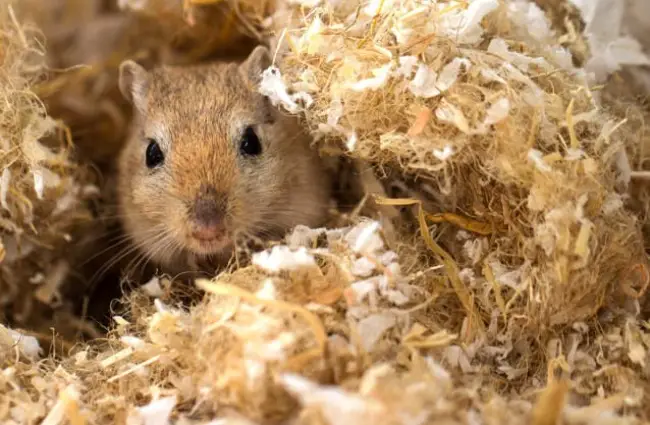
Diet and Foraging Behavior
What do Gerbils Eat?
Gerbils are omnivores, but their diet primarily consists of seeds, grains, and vegetation. They also consume insects, roots, and tubers when available. In the wild, they are opportunistic feeders, taking advantage of whatever food sources are accessible. They are known to store food in their burrows, creating caches for leaner times. This behavior is particularly important in arid environments where food availability can fluctuate greatly.
Foraging Strategies
Gerbils are primarily nocturnal foragers, emerging from their burrows under the cover of darkness to search for food. They use their keen sense of smell to locate seeds and other edible items. They often gather seeds and carry them back to their burrows in their cheek pouches—a adaptation that allows them to transport large quantities of food efficiently. They are also known to scatter hoard, meaning they bury individual food items in multiple locations, reducing the risk of losing everything to a single predator or environmental event.
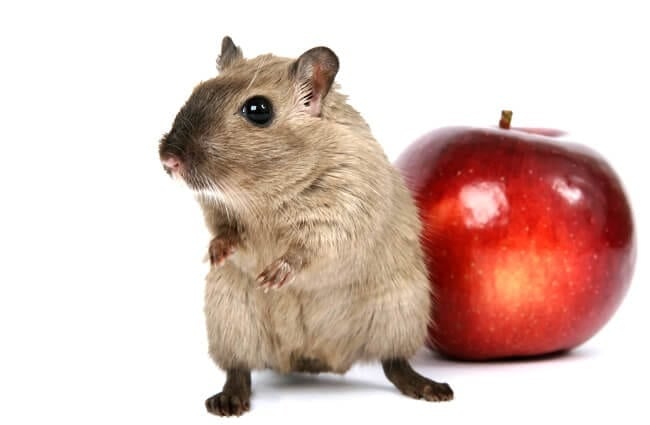
Reproduction and Life Cycle
Mating Rituals
Gerbils typically have a short breeding season, often triggered by favorable environmental conditions such as increased rainfall and food availability. Males will actively court females, engaging in behaviors such as scent marking and vocalizations. A receptive female will allow the male to approach and mate. Gerbils are not strictly monogamous; they may have multiple partners and form flexible social bonds.
Gestation and Litter Size
The gestation period for gerbils is relatively short, lasting around 24 to 26 days. Females typically give birth to litters of four to six pups. The pups are born altricial, meaning they are blind, hairless, and helpless at birth. They rely entirely on their mother for care and nourishment.
Development and Maturity
Gerbil pups develop rapidly, opening their eyes around two to three weeks of age. They begin to explore their surroundings and sample solid food around three to four weeks of age. They reach sexual maturity at around eight to ten weeks of age. Gerbils typically live for two to four years in the wild, and up to five years in captivity with proper care.
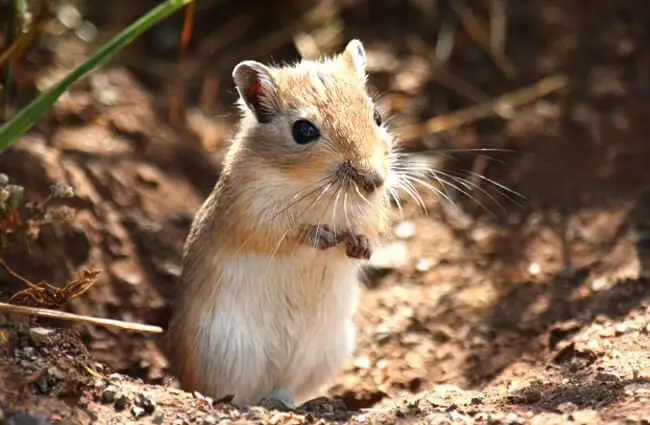
Ecological Role and Interactions
Gerbils in the Ecosystem
Gerbils play an important role in their ecosystems as both prey and seed dispersers. They are a food source for a variety of predators, including snakes, birds of prey, and foxes. By foraging for seeds and grains, they contribute to seed dispersal, helping to maintain plant diversity. Their burrowing activities also contribute to soil aeration and nutrient cycling.
Interactions with Other Animals
Gerbils often coexist with other rodent species, competing for resources such as food and shelter. They may also engage in cooperative behaviors, such as sharing burrows or warning each other of approaching predators. Their interactions with other animals are complex and depend on a variety of factors, including habitat type, food availability, and predator pressure.
Gerbils and Humans
Gerbils as Pets
The Mongolian gerbil is a popular pet due to its relatively small size, docile temperament, and ease of care. They are social animals and thrive in pairs or small groups. Providing them with a spacious cage, plenty of bedding material, and opportunities for enrichment is essential for their well‑being. A balanced diet consisting of commercial gerbil food, seeds, and occasional treats is also important.
Gerbils in Research
Gerbils have been used in scientific research for decades, particularly in studies of hearing, kidney function, and neurological disorders. Their relatively simple physiology and ease of handling make them ideal model organisms for certain types of research. They are also used in behavioral studies, such as those investigating learning and memory.
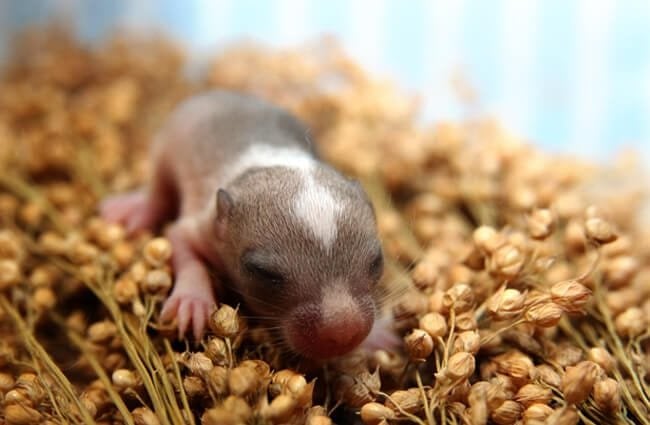
Interesting Facts about Gerbils
- Gerbils are excellent jumpers, capable of leaping up to 30 centimeters.
- They communicate with each other using a variety of vocalizations, scent marking, and body language.
- Gerbils are known for their “thumping” behavior, where they rapidly drum their hind legs on the ground as a warning signal.
- They have scent glands located on their abdomens and tails, which they use to mark their territory.
- Gerbils are incredibly clean animals, grooming themselves regularly and establishing designated areas for urination and defecation.
- They do not hibernate, but they can enter a state of torpor during periods of extreme cold.
Caring for Gerbils in Captivity – A Zookeeper’s Guide
Providing optimal care for gerbils in captivity requires understanding their natural behaviors and needs. Enclosures should be spacious, well‑ventilated, and equipped with plenty of bedding material for burrowing. Regular spot cleaning is essential to maintain hygiene, and the entire enclosure should be thoroughly cleaned at least once a month. A balanced diet, fresh water, and opportunities for enrichment such as chew toys, tunnels, and climbing structures are also crucial. Avoid overcrowding, as this can lead to stress and aggression. Monitor their health closely, watching for signs of illness such as lethargy, loss of appetite, or abnormal behavior.
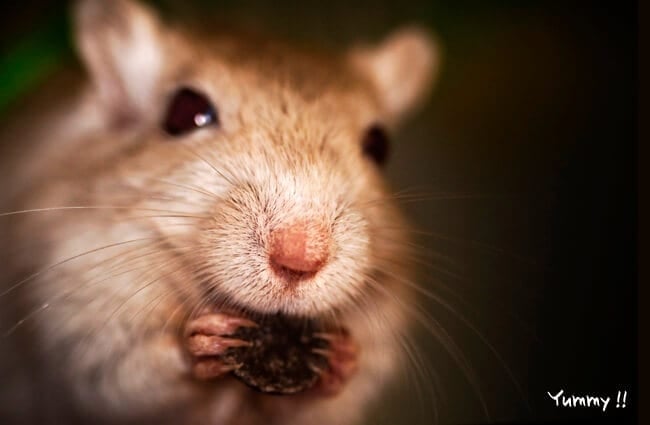
Gerbils, with their charming personalities and ecological significance, continue to fascinate scientists and animal lovers alike. From their adaptations to arid environments to their role in ecosystems and as beloved pets, gerbils represent a remarkable group of animals deserving of our respect and understanding.

![Red Angus Closeup of a beautiful Red Angus cowPhoto by: U.S. Department of Agriculture [pubic domain]https://creativecommons.org/licenses/by/2.0/](https://animals.net/wp-content/uploads/2020/03/Red-Angus-4-238x178.jpg)




![Red Angus Closeup of a beautiful Red Angus cowPhoto by: U.S. Department of Agriculture [pubic domain]https://creativecommons.org/licenses/by/2.0/](https://animals.net/wp-content/uploads/2020/03/Red-Angus-4-100x75.jpg)

